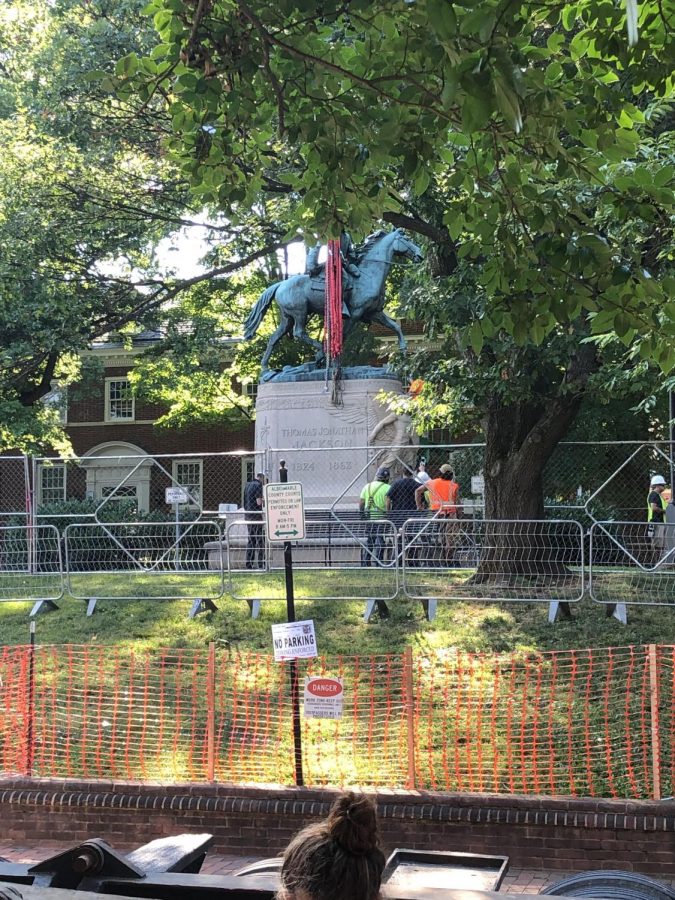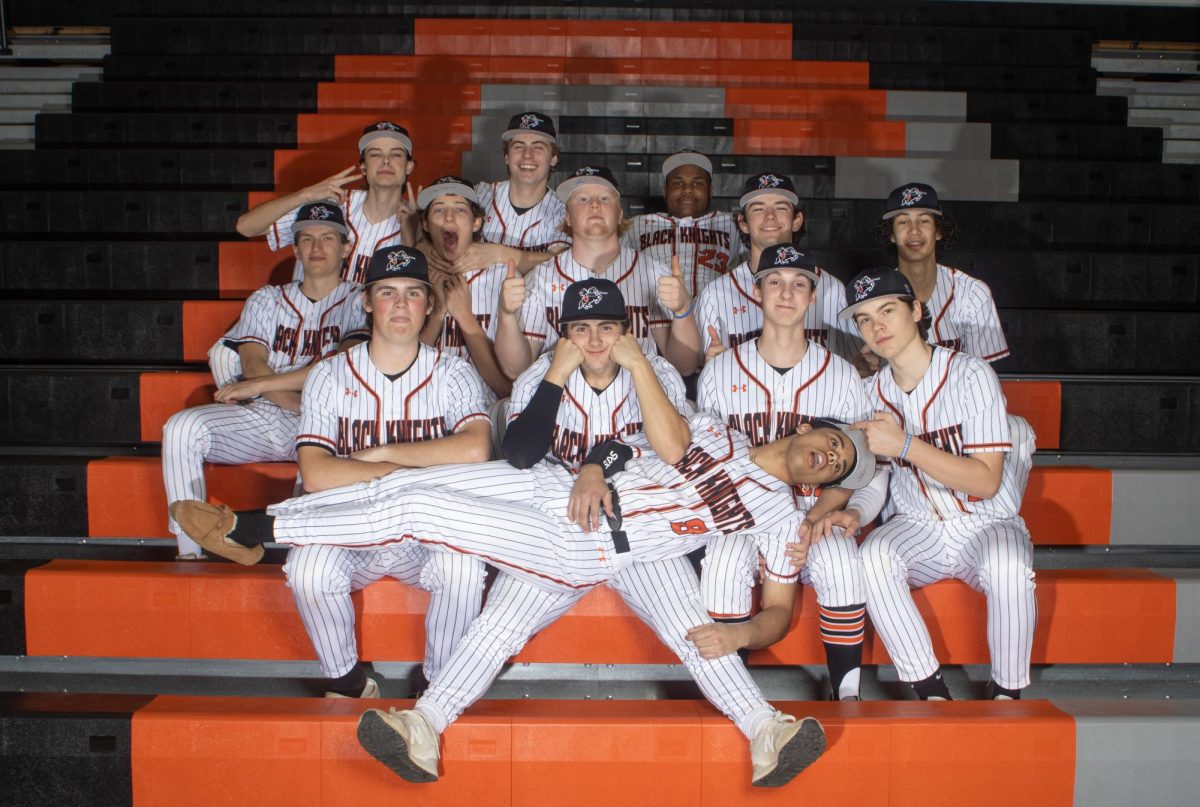National Issues Silence High School Students
October 29, 2021
On July 10th, at 10 am, the statues of Robert E. Lee, Stonewall Jackson, and Sacagawea with Lewis and Clark were removed from the downtown area in Charlottesville, Virginia. These statues made national news when the KKK and neo-nazi groups protested their removal in August of 2017. The removal of these monuments in Charlottesville continues to incite many arguments even after they had been removed. Interviewers and news broadcasters only focused on how the events affected adults and college students, but not kids or high schoolers. This needs to change now, for student voices deserve and need to be heard. Because of these monuments, a physical change can be seen in Charlottesville by many people in the city. Another change may include systemic racism, which is a problem involving different minorities and their treatment on a systemic level, that also needs to be discussed by high school students, for it may be happening here at CHS.
After interviewing multiple students here at CHS, it became clear that many kids wanted to talk about the events happening in their community. When discussing the removal of the statues, it was emphasized that the student’s ideas were valued. One student felt that “It has been [hard] especially during the protests while people were debating on removing/physically removing the statues while I was staying at home because I couldn’t go out, for it was too controversial and unsafe.”
Because CHS is such a diverse place, it represents many social and political opinions. However, the majority of students here at CHS, according to a poll, believe that it was a good decision to remove the statues. The goal of the interview, however, was to ask people who may not agree with that sentiment and to get views from all backgrounds. “Something such as the Robert E. Lee statue I think is a multi-variable problem. So, on one hand, you can make the argument of where do you end with the white-washing of history? On the other hand, I think that for a lot of Americans it might be offensive to see somebody who was the leader of a confederacy and have different opinions on human rights.” As stated by all students interviewed, this is a multi-variable problem. And with the help of these students who may have controversial views, new perspectives will be discovered.
One student interviewed reported that after the monuments were removed, “Charlottesville has definitely changed, with the monuments being a physical example of this change.” The student also discussed that they respected people’s right to protest peacefully but to make sure they researched the history and knew the facts. They stated, “Charlottesville is a very left-leaning community, which makes it harder to become more unbiased.” The student continued to say that it can get dangerous with as many extremists seen at these historical events in Charlottesville. They also believe that it isn’t just Charlottesville that is very left-leaning, but also the student body at CHS. This person doesn’t mind having political discussions but they think it needs to be healthy in a way. This further shows that systemic racism, a less physical change, can still impact Charlottesville more than the community thought and that it is still relevant within conversations of change happening around the city.
There may be more different and unheard voices around CHS than anticipated. Because CHS is more left-leaning, the students who don’t end up falling through the cracks. Being inclusive, especially within CHS, will not only help students and teachers but will help Charlottesville as a city to grow and blossom together, despite the many challenges it has faced.






